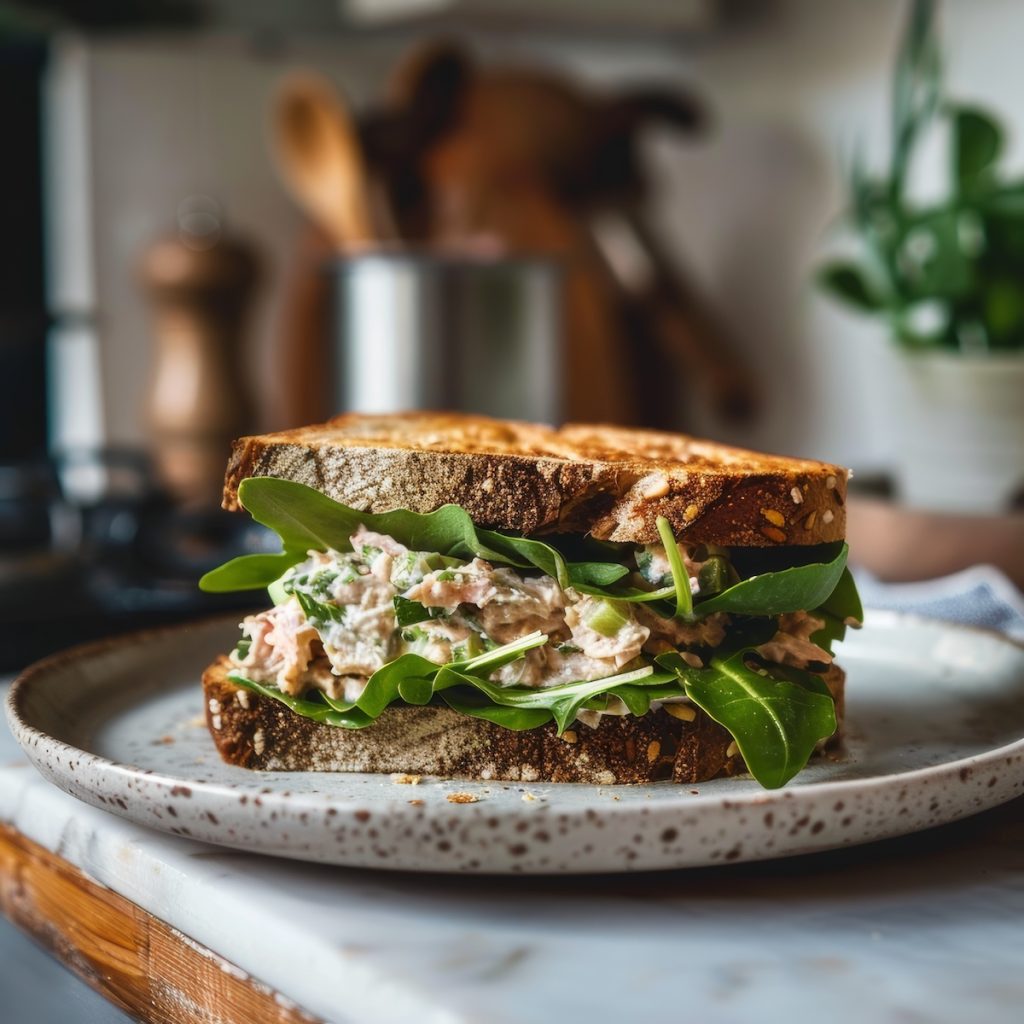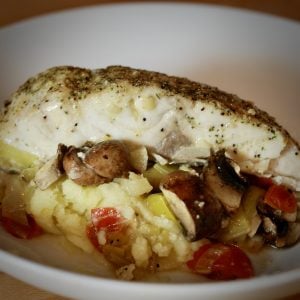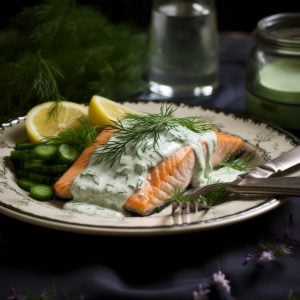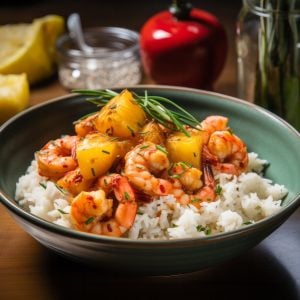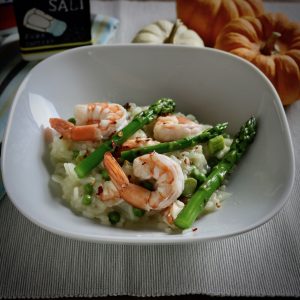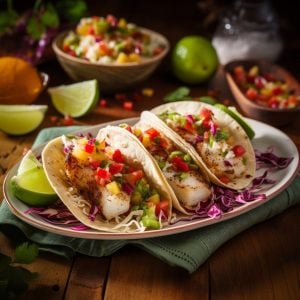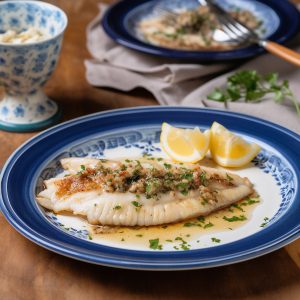Tuna Fish Salad
Tuna salad, a classic dish beloved for its simplicity and versatility, embodies the perfect marriage of flavors and textures. This delightful concoction typically consists of flaky tuna, crisp vegetables, creamy mayonnaise, and a hint of tangy acidity.
While its exact ingredients may vary depending on personal preferences and regional variations, the essence of tuna salad remains consistent – a refreshing blend that satisfies the palate and nourishes the body.
Growing up, we called it a tuna fish sandwich, not a tuna salad sandwich. I don’t know if it was called that in our neck of the woods or if it differs from family to family. The best tuna fish salad I can remember was back in high school at the New Jersey shore; my friend’s mom used to make it with pickle relish and serve it on Saltine crackers. Wow, what a treat.
Basics
At the heart of any tuna salad lies the star ingredient: tuna. Whether fresh or canned, tuna brings a rich, savory flavor and a satisfyingly meaty texture to the salad. Mixed with crunchy vegetables such as celery, onions, and bell peppers, it creates a delightful contrast and a harmonious balance of textures.
Mayonnaise is the binding agent, imparting creaminess and depth of flavor to the salad. A squeeze of lemon juice or a splash of vinegar also lends a subtle acidity that brightens the dish, enhancing its overall appeal.
The beauty of tuna salad lies in its adaptability. It can be enjoyed in various forms – stuffed in a sandwich, scooped onto a bed of greens, or spread atop crackers. Its versatility extends beyond its serving method; additions like chopped hard-boiled eggs, diced pickles, or herbs like parsley or dill can elevate its flavor profile even further.
Not only is tuna salad delicious, but it’s also a nutritious option packed with protein, omega-3 fatty acids, and essential vitamins and minerals. Its simplicity makes it a go-to meal for busy days or a quick fix for hunger pangs. In essence, tuna salad is more than just a dish; it’s a culinary classic that embodies comfort, satisfaction, and a delightful burst of flavors with every bite.
Tuna “Fish” Sandwich
The term “tuna fish sandwich” may seem redundant to some, as tuna is indeed a type of fish. However, the use of the word “fish” in this context serves to specify the type of tuna being referred to. Tuna fish sandwiches typically use canned tuna, which is a convenient and widely available form of the fish.
Adding “fish” distinguishes it from other types of sandwiches that might include tuna in different forms, such as sushi rolls with raw tuna or sandwiches made with grilled tuna steaks. In colloquial language, people often drop the word “fish” when referring to tuna sandwiches, simply calling them “tuna sandwiches” or “tuna salad sandwiches.”
The term “tuna fish sandwich” likely arose as a way to clearly indicate the main ingredient of the sandwich, especially in contexts where other types of tuna sandwiches might also be available. It helps avoid confusion and ensures the consumer knows exactly what to expect when ordering or preparing the sandwich.
Tuna Salad Versatility
Tuna salad is a versatile dish that can be served in various delicious ways, catering to different tastes and preferences. Here are several creative ways to enjoy tuna salad:
- Classic Sandwich: Spread tuna salad between two slices of bread or stuff it into a roll or croissant for a classic tuna salad sandwich.
- Lettuce Wraps: For a low-carb option, spoon tuna salad into large lettuce leaves and roll them up for a refreshing and light meal.
- Stuffed Avocado: Halve an avocado, remove the pit, and fill each half with tuna salad for a creamy and nutritious treat.
- Crackers: Spoon tuna salad onto crackers or crispbreads for a satisfying snack or appetizer.
- Pita Pockets: Stuff tuna salad into a halved pita pocket along with lettuce, tomatoes, and cucumbers for a portable and satisfying meal.
- Salad Topping: Serve tuna salad over a bed of mixed greens or spinach for a quick and easy salad option.
- Stuffed Tomatoes: Hollow out ripe tomatoes and fill them with tuna salad for a colorful and flavorful appetizer or light lunch.
- Tortilla Wrap: Spread tuna salad onto a large tortilla, add your favorite veggies or cheese, and roll it up for a tasty wrap.
- Cucumber Boats: Cut cucumbers in half lengthwise, scoop out the seeds, and fill the hollowed-out center with tuna salad for a refreshing and crunchy snack.
- Bagel Topping: Spread tuna salad onto a toasted bagel and add sliced tomatoes and red onions for a hearty breakfast or brunch option.
- Stuffed Bell Peppers: Cut the tops off bell peppers, remove the seeds, and fill them with tuna salad before baking until tender for a flavorful and colorful meal.
- Sushi Rolls: Use tuna salad as a filling for homemade sushi rolls and avocado, cucumber, and rice for a unique twist on traditional sushi.
What Are Some of the Different Types of Tuna?
Canned tuna comes in various types, offering different textures, flavors, and nutritional profiles. Here are some common types of canned tuna available for purchase:
- Chunk Light Tuna: This type of tuna is typically made from smaller species such as skipjack or yellowfin. It has a milder flavor and tends to be lower in fat than other varieties. Chunk light tuna is often the most affordable option and is commonly used in sandwiches, salads, and casseroles.
- Chunk White Tuna: Also known as solid white tuna, this variety is made from larger tuna species, such as albacore. It has a firmer texture and a richer flavor than chunk light tuna. Chunk white tuna is often preferred for dishes where a more substantial texture is desired, such as tuna steaks or salads.
- Flaked Tuna: Flaked tuna consists of smaller pieces of tuna that have been broken apart during processing. It is often more finely textured than chunk tuna and is suitable for recipes with a smoother consistency, such as dips, spreads, or fillings for sandwiches and wraps.
- Tuna in Oil: Canned tuna packed in oil has a richer flavor and a more tender texture than tuna packed in water. The oil helps to preserve the tuna and adds richness to dishes. It is commonly used in salads, pasta dishes, and recipes where added moisture and flavor are desired.
- Tuna in Water: Canned tuna packed in water is a lower-calorie option than tuna packed in oil. It has a milder flavor and is often preferred by those looking to reduce their intake of added fats. Tuna packed in water is versatile and can be used in various recipes, including sandwiches, salads, and casseroles.
- Tuna Fillets: Some canned tuna products contain whole tuna fillets packed in either water or oil. These fillets typically have a firmer texture and a more robust flavor than chunk tuna. They are often served as a main dish or used in recipes where presentation is important, such as salads or appetizers.
Me, I like chunk white tuna packed in water.
How to Enhance Your Tuna Salad
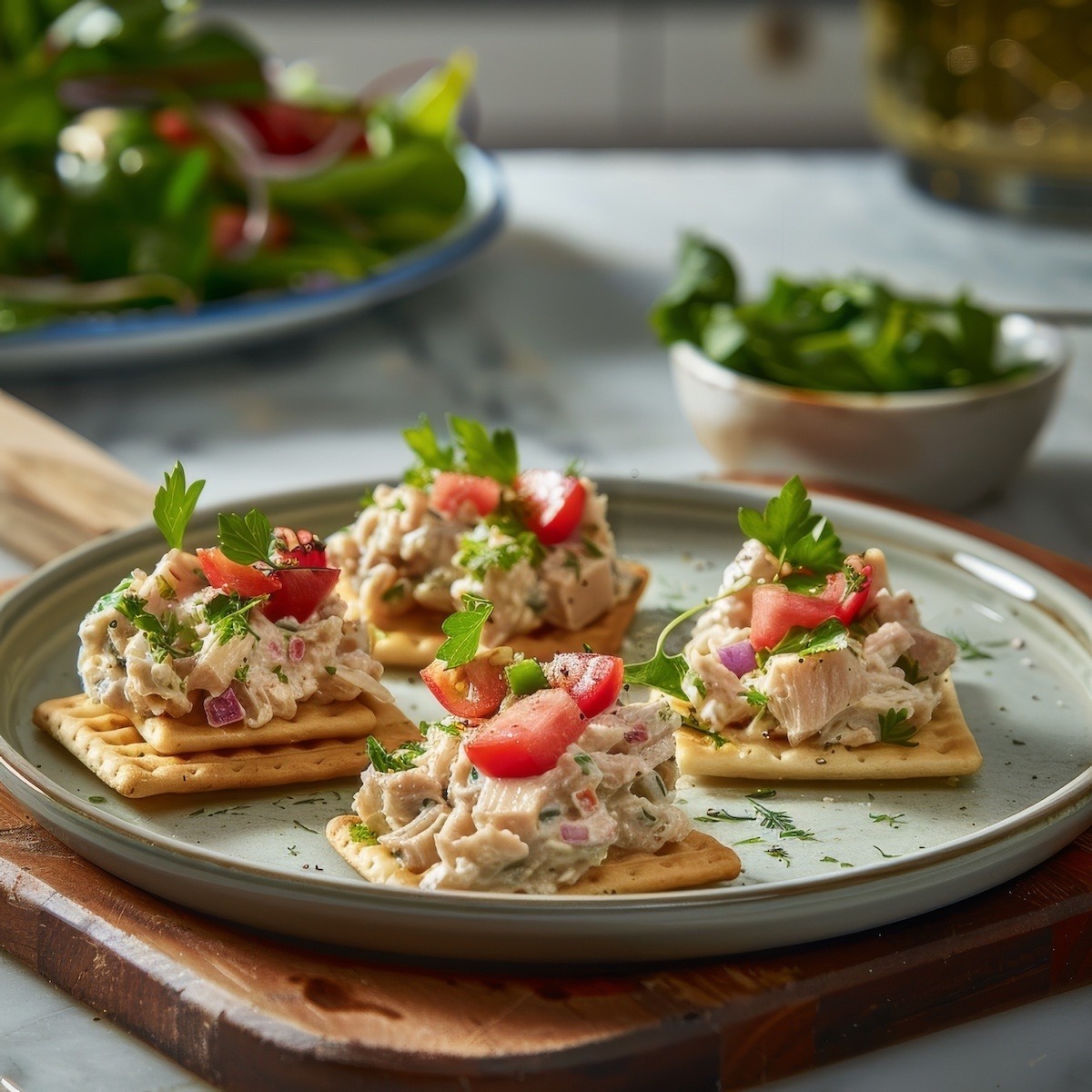
Tuna salad is a versatile dish that lends itself well to customization. Here are various ingredients you can add to tuna salad to enhance its flavor, texture, and nutritional value:
Vegetables:
- Celery
- Red onion
- Bell peppers (red, yellow, or green)
- Cucumber
- Carrots (shredded or diced)
- Pickles or relish
- Cherry tomatoes
- Scallions or green onions
- Radishes
- Avocado
- Spinach or arugula (chopped)
- Corn kernels
Herbs:
- Fresh parsley
- Fresh dill
- Fresh cilantro
- Chives
- Basil
- Tarragon
- Thyme
- Mint
Dairy:
- Mayonnaise (traditional or light)
- Greek yogurt
- Sour cream
- Cream cheese (softened)
- Cottage cheese
Additional Proteins:
- Hard-boiled eggs (chopped)
- Cooked shrimp (chopped)
- Cooked chicken (shredded or diced)
- Bacon (crumbled)
Nuts and Seeds:
- Almonds (sliced or slivered)
- Walnuts (chopped)
- Pecans (chopped)
- Sunflower seeds
- Pumpkin seeds
Fruits:
- Apple (diced)
- Grapes (halved)
- Dried cranberries or raisins
- Pineapple (diced)
- Mango (diced)
Flavor Enhancers:
- Dijon mustard
- Lemon juice or zest
- Lime juice or zest
- Vinegar (white, apple cider, balsamic)
- Worcestershire sauce
- Hot sauce or sriracha
- Soy sauce or tamari
- Old Bay seasoning
Condiments and Spreads:
- Mustard (yellow, Dijon, whole grain)
- Relish (sweet or dill)
- Pesto
- Barbecue sauce
- Horseradish sauce
Grains and Legumes:
- Cooked pasta (elbow macaroni, shells)
- Cooked quinoa or couscous
- Chickpeas (drained and rinsed)
- Black beans (drained and rinsed)
Seasonings and Spices:
- Salt and pepper
- Garlic powder
- Onion powder
- Paprika
- Cumin
- Chili powder
- Italian seasoning
- Celery seed
These ingredients can be mixed and matched according to personal preference to create a delicious and satisfying tuna salad tailored to individual tastes. Experimenting with different combinations can lead to exciting new flavors and textures.
Tuna Salad
Ingredients
- 2 cans tuna packed in water
- 1 stalk celery
- 1 egg hard-boiled
- 1 teaspoon fresh dill
- 1 tablespoon pickle relish
- 1 tablespoon mustard my wife used French's
- mayonnaise to taste
- salt & pepper to taste
Instructions
- Dice the celery, chop up the hard-boiled egg, and get the rest of the ingredients nearby.
- Open the can of tuna and squeeze out the excess water.
- Add the tuna in a medium-sized mixing bowl and break it up. Not too much, though. The chunks look nice when serving; however, the more you break it up, the further it will go.
- Add the celery, egg, dill, relish, mustard, and a little mayonnaise. Mix it with a fork, being careful not to overwork it. Adjust the amount of mayonnaise depending on how you like it or if you are on a diet or not.

